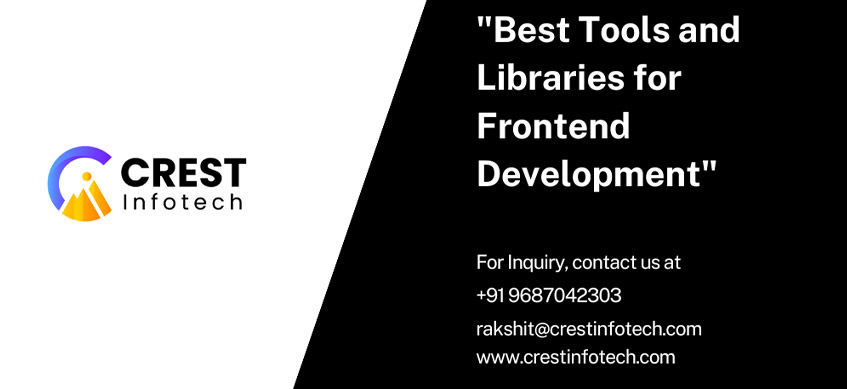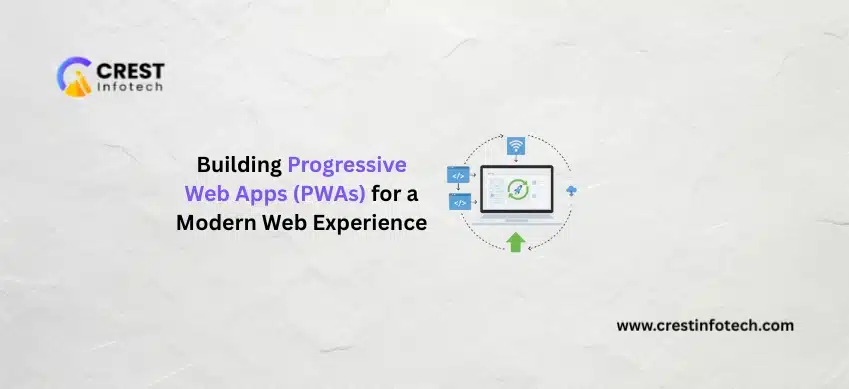Frontend development plays a pivotal role in crafting user interfaces (UI) and delivering engaging digital experiences across web and mobile platforms. To streamline development processes, enhance productivity, and ensure code quality, developers rely on a plethora of tools and libraries tailored for frontend development tasks. Whether you’re building a responsive website, a progressive web app (PWA), or a mobile application, leveraging the right tools can significantly boost efficiency and creativity. Here’s a curated list of some of the best tools and libraries for frontend development:
1. Code Editors and Integrated Development Environments (IDEs):
- Visual Studio Code (VS Code): A lightweight, highly customizable code editor with rich extension support for HTML, CSS, JavaScript, and popular frameworks.
- Sublime Text: Known for its speed and simplicity, Sublime Text offers powerful editing features and a vibrant community contributing plugins and extensions.
- Atom: A hackable text editor by GitHub, offering a modern interface, Git integration, and a robust package ecosystem for frontend development.
2. CSS Preprocessors:
- Sass (Syntactically Awesome Style Sheets): Extends CSS with variables, mixins, and nested rules, improving code maintainability and reusability.
- LESS: Similar to Sass, LESS is a dynamic stylesheet language that simplifies CSS development with features like variables, mixins, and functions.
3. JavaScript Frameworks and Libraries:
- React.js: A popular JavaScript library for building user interfaces, maintained by Facebook. Known for its component-based architecture and virtual DOM for efficient UI updates.
- Angular: A comprehensive framework by Google for building robust single-page applications (SPAs) with features like two-way data binding, dependency injection, and modular architecture.
- Vue.js: A progressive JavaScript framework for building UIs, known for its simplicity, flexibility, and seamless integration capabilities.
4. UI Component Libraries:
- Bootstrap: A frontend framework for building responsive and mobile-first websites, offering a grid system, UI components, and customizable themes.
- Material-UI: A popular React component library implementing Google’s Material Design, providing ready-to-use components for creating visually appealing interfaces.
- Ant Design: A design system and React UI library with a comprehensive set of components, icons, and styles following the principles of Ant Design.
5. Task Runners and Build Tools:
- Webpack: A module bundler for JavaScript applications, enabling developers to bundle assets, optimize code, and manage dependencies efficiently.
- Gulp: A task runner that automates repetitive frontend development tasks such as minification, compilation, and image optimization using simple JavaScript.
- Grunt: Another popular task runner that automates tasks like compilation, unit testing, and deployment, configured via a declarative JavaScript-based configuration file.
6. Version Control and Collaboration:
- Git: A distributed version control system for tracking changes in source code during development, facilitating collaboration and version management.
- GitHub: A web-based Git repository hosting service that offers version control, collaboration features like pull requests, and project management tools for teams.
7. Testing and Debugging:
- Jest: A JavaScript testing framework built by Facebook for unit testing React applications, featuring snapshot testing and code coverage reports.
- Chrome Developer Tools: Built into Google Chrome, these tools enable debugging, performance profiling, and testing of web applications directly within the browser.
- Cypress: An end-to-end testing framework for modern web applications, offering a rich API for testing UI interactions and behaviors.
8. Responsive Design and Prototyping:
- Adobe XD: A vector-based design tool for prototyping user experiences for web and mobile apps, supporting interactive prototypes and collaborative design workflows.
- Figma: A web-based UI/UX design tool for creating interactive prototypes, collaborating in real-time, and generating CSS styles directly from designs.
- Responsive Design Testing Tools: Tools like Responsively App and BrowserStack enable developers to test and preview responsive designs across various screen sizes and devices.
Conclusion:
Frontend development continues to evolve with an array of tools and libraries that streamline workflows, enhance collaboration, and improve code quality. By leveraging these best-in-class tools—from code editors and CSS preprocessors to JavaScript frameworks, UI component libraries, and testing utilities—developers can build responsive, feature-rich applications that deliver exceptional user experiences across platforms.
As technology advances and new tools emerge, staying updated with the latest trends and best practices in frontend development ensures developers can effectively meet user expectations and business objectives in an ever-changing digital landscape.
This article provides an overview of essential tools and libraries for frontend development, highlighting their features, benefits, and contributions to enhancing productivity and code quality. Adjust content based on specific project requirements, technological advancements, and emerging trends in frontend development.



